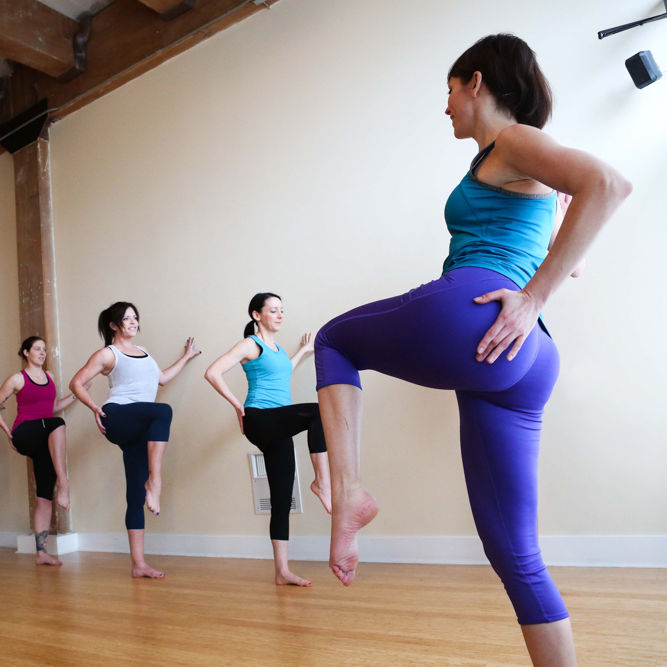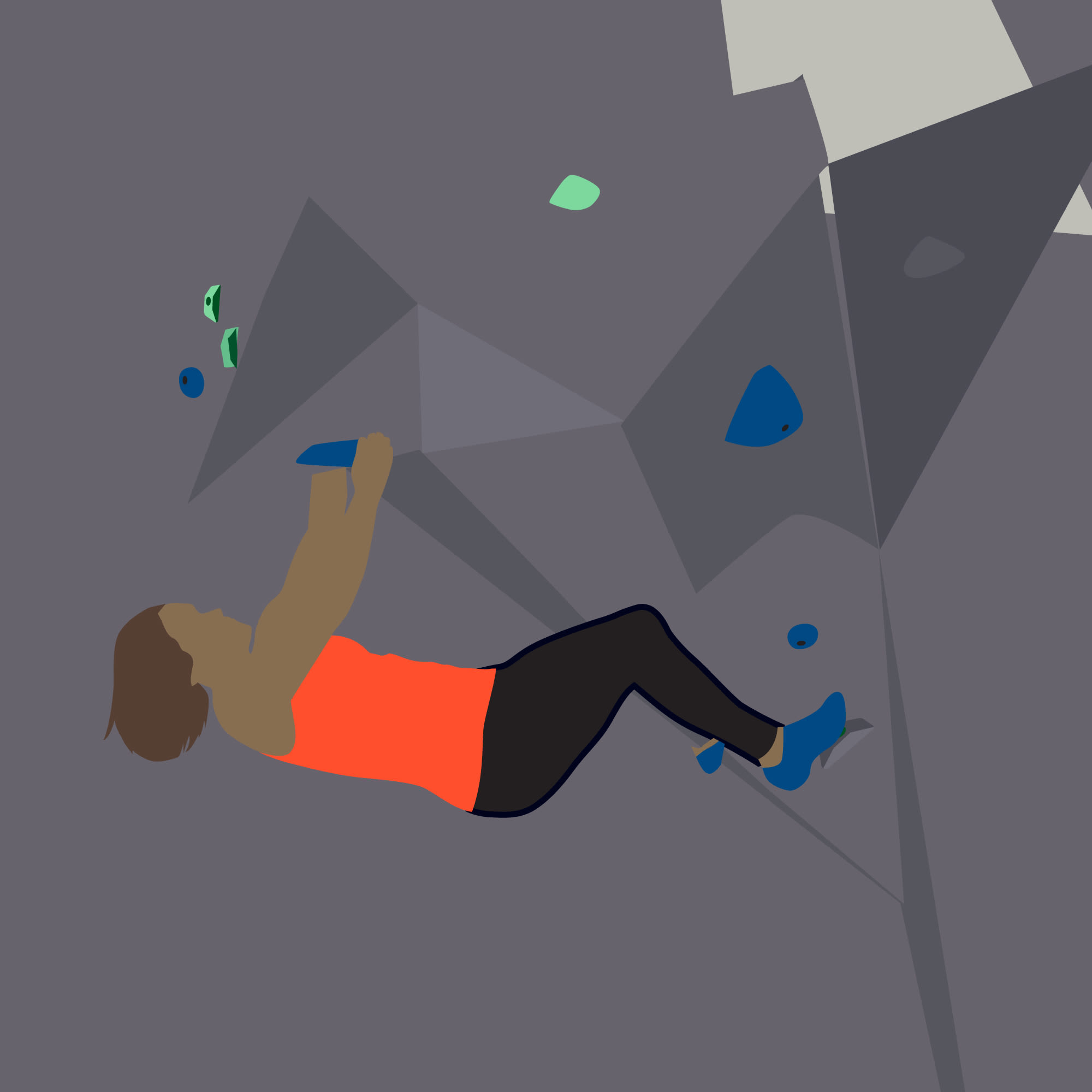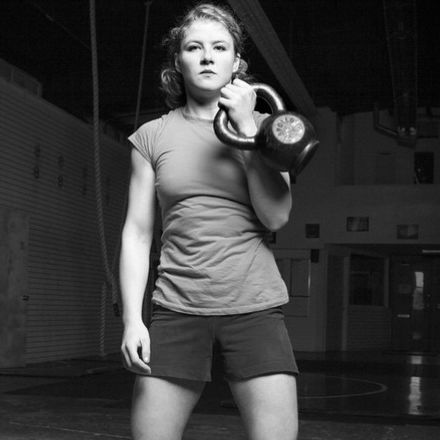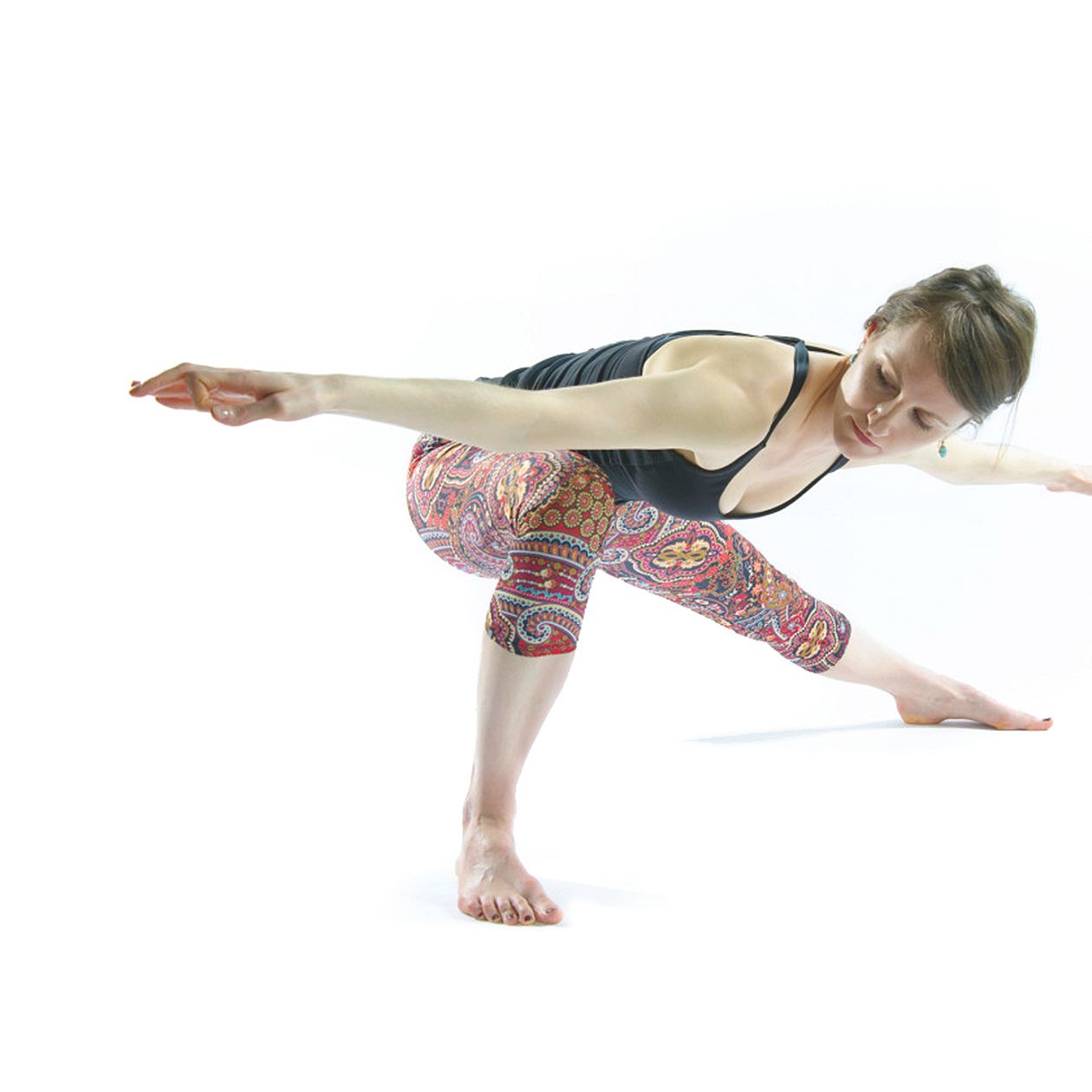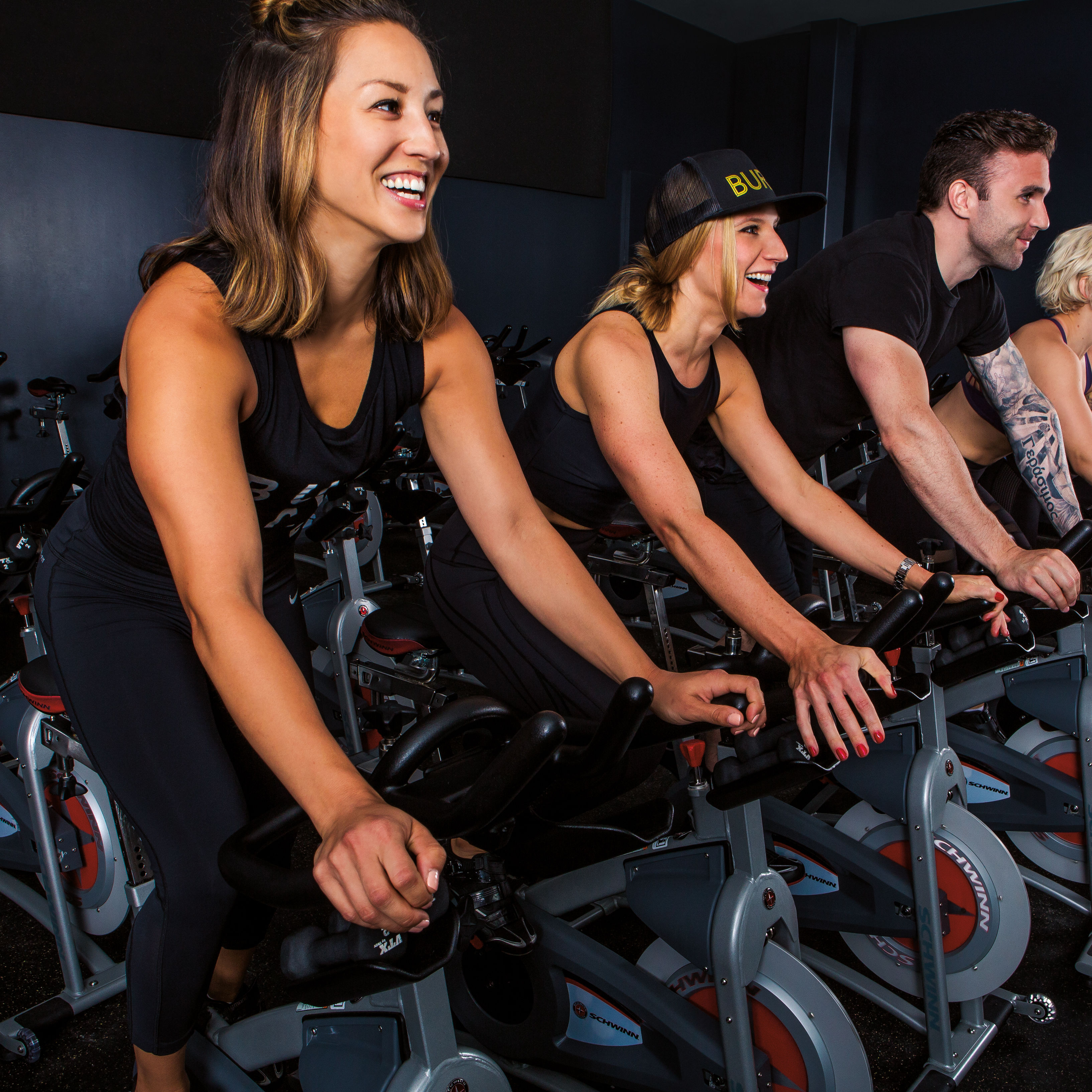How Parkour Helps You Unleash Your Inner Ninja
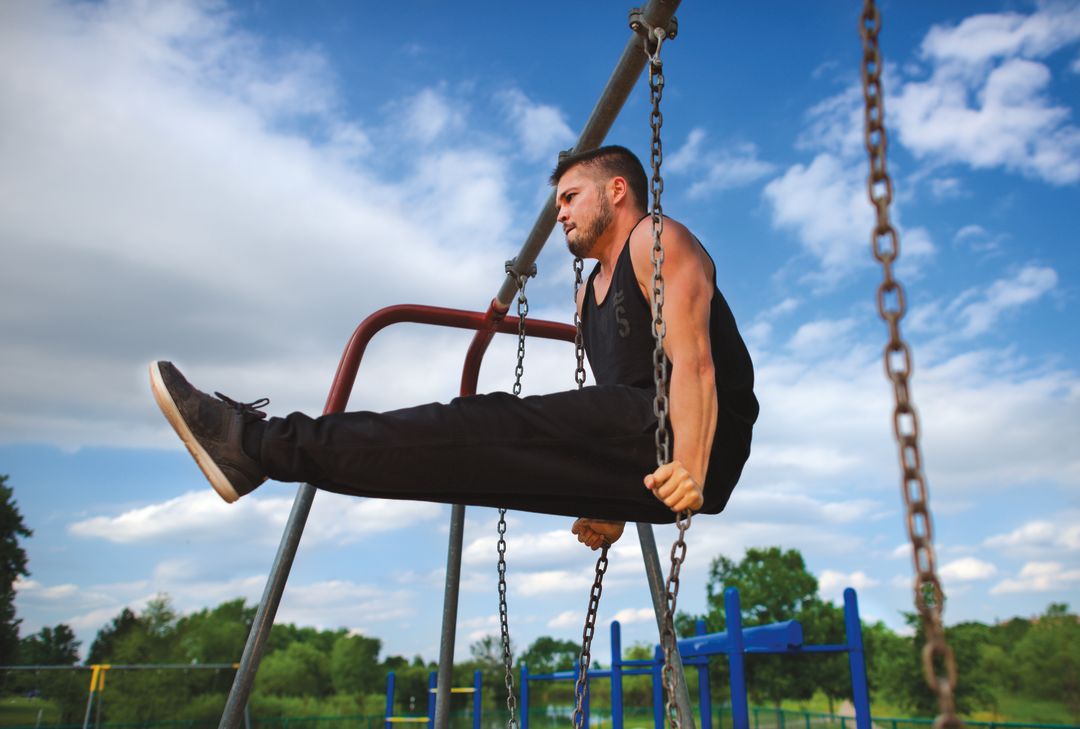
Parkour coach (and Ben Musholt’s coauthor) Ryan Ford shows his strength-building skills.
Image: Courtesy Justin Sikkema
Ben Musholt—Portland author, physical therapist, parkour coach, and American Ninja Warrior competitor—released Parkour Strength Training this year. The book, Musholt's third, aims to help novices and competitive athletes alike achieve their parkour fitness goals.
What sets parkour apart?
Originally, parkour wasn’t concerned with the flashy acrobatic-type movement you see online nowadays. At its simplest level, parkour is just the discipline to help you move through your environment as confidently and capably as you can. From moving on the ground on all fours—imagine how you might scurry up a steep slope—to sprinting, jumping, balancing, ascending a wall, and swinging by your arms, it conditions you to overcome whatever obstacle is in your path.
You have a background in gymnastics and martial arts. How do these forms of movement relate to parkour?
Gymnastics is performed in a specialized environment, with things like a spring floor and highly standardized equipment. Parkour is movement for the real world. For example, a well-practiced parkour roll allows an athlete to roll across concrete without getting hurt, but if a gymnast performed that roll in the way they are trained, they could risk injuring their neck or back.
If you think of martial arts as the training discipline that prepares you to fight in a fight-or-flight situation, parkour prepares you for the time when fleeing from danger is your best bet.
